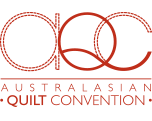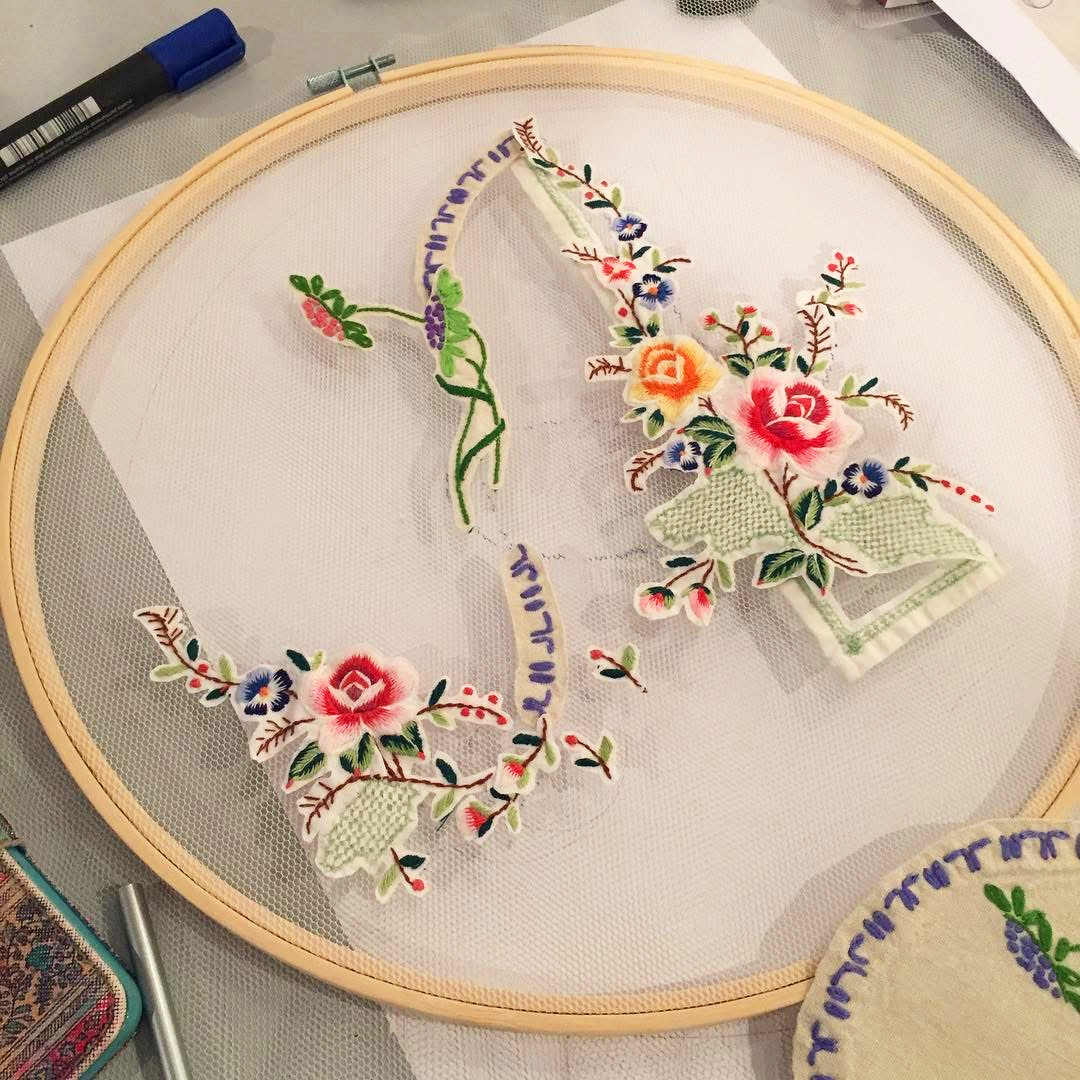Memento Monogram
TUTOR: LOUISE SAXTON
The inspiration for this workshop is Louise Saxton’s artwork and process for reclaiming vintage and antique needlework.
In this workshop you will make a Memento Monogram from reclaimed needlework. The artist/tutor will have examples of her own monograms to show.
You will learn how to extract (cut out) embroidered and/or lace motifs from domestic linens; arrange them into the shape of a letter which references a friend or loved one and pin the motifs to tulle on an embroidery hoop.
You will first use paper and pencil to quickly design your monogram, then using sharp scissors you will extract the embroidery and/or lace and using fine lace-pins, attach the motifs to nylon tulle stretched on an embroidery hoop. When finished, the hoop can be hung on a wall (creating lovely shadows through the translucent tulle) or you may go on to stitch the monogram down onto fabric or have it framed.
Skill level: Suits all, no experience required
Scroll down for Class Requirements
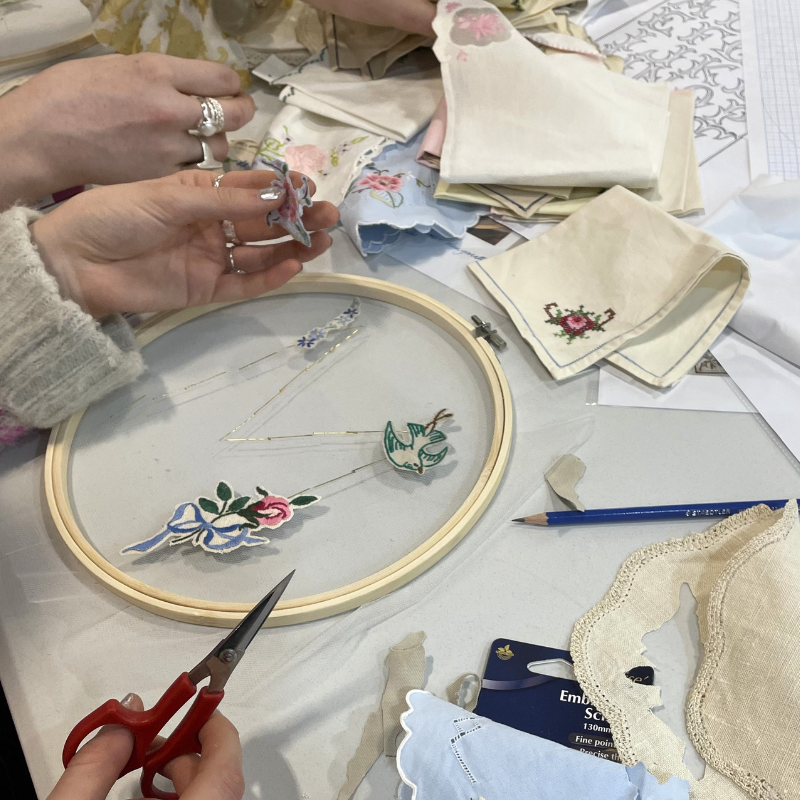
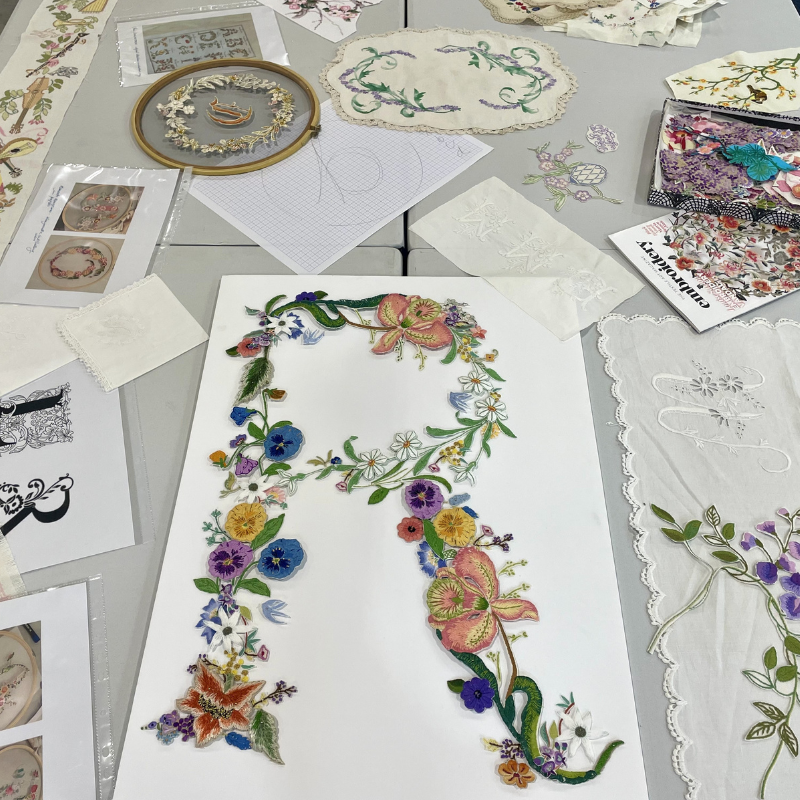
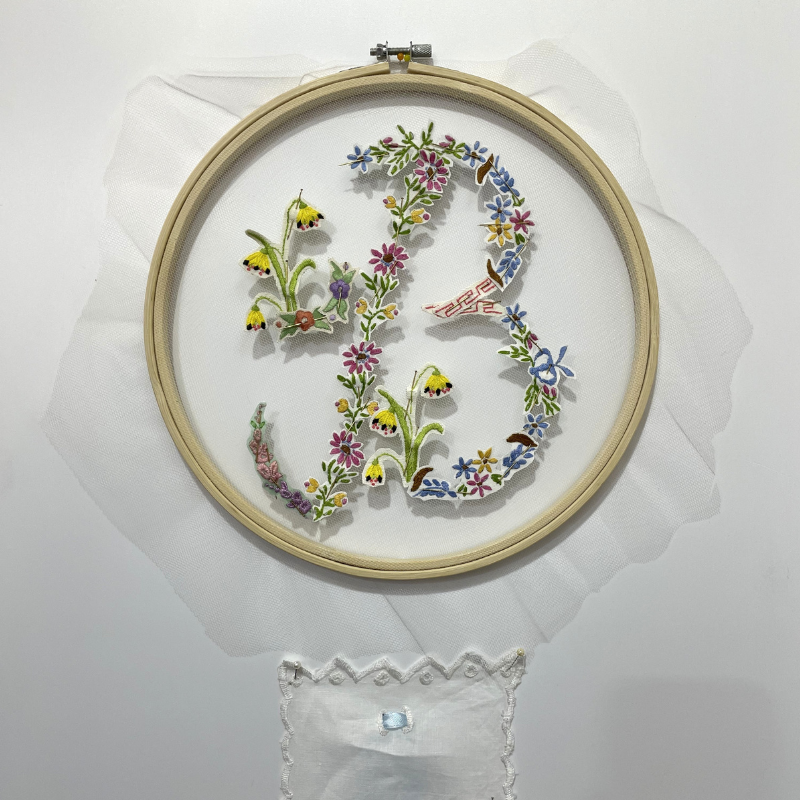
CLASS REQUIREMENTS
Memento Monogram with Louise Saxton
One-day Class: Thursday, April 09
Class times: 10am to 5pm
Materials fee: $30 – please have the exact fee in cash in an envelope with your name on the front.
Your kit will include:
- One embroidery hoop (35cm)
- Pieces of tulle cut to size
- One box of lace-pins
- One pair of sharp Klasse scissors
- Graph paper and pencil
- A paper carry bag to take home your memento and kit materials
- One $20 discount voucher for the purchase of the book, LOUISE SAXTON cut & pinned at Can Do Books stand on the day.
You will need to bring:
Louise will provide some embroidery and lace to use, however, participants are requested to bring some of their own – doilies, tablecloths, tray cloths etc. that they have found in opportunity shops or heirloom and/or other pieces they have at home and prepared to cut up.
To complete the project at home: Participants may wish to sew their monogram to fabric at home (for a pillow, memory quilt, dress etc). It may be sewn either by hand or machine, but this is a personal choice and not something we will do in class, as Louise’s process in her artwork is to keep the pins in. Pins reference fragility and temporality of these passing craft traditions and the flora and fauna that they often depict.
